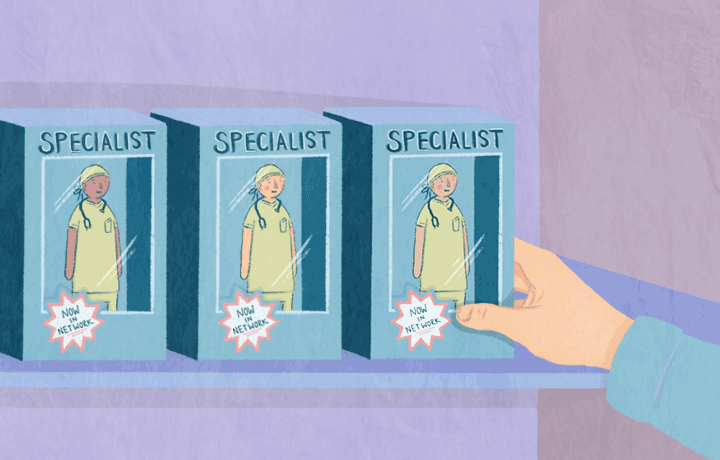Article
3-minute case study: Creating pop health coaches
By Lia Novotny | July 12, 2017

What innovations drive success in population health? Here's a tactic from a leading healthcare system.
The problem
At Lahey Health, an integrated health system with 1,400 physicians in Massachusetts and New Hampshire, the standard patient visit lasts 15 minutes. But the physicians in Lahey's Clinical Performance ACO found that amount of time insufficient to review records for gaps in quality measures, close those gaps, and still focus on their patients' immediate need for care.
But scheduling longer visits for every patient, every time wasn't feasible either, says Kevin Hoppe, the ACO's chief operating officer.
The solution
So to free up physicians to focus on patients, Lahey delegated administrative staff and medical assistants to become dedicated population health coordinators, empowered to close care gaps and change patient behavior. Each coordinator is assigned a panel of patients with gaps, and tasked with bringing every patient into compliance on quality measures, from mammograms to colorectal screenings.
The coordinators are trained on each quality measure. They learn to mine EHR data to identify at-risk patients, and translate that data into actions they can take, usually without physician review.
They are also responsible for all patient outreach needed to close care gaps, and trained in motivational counseling to coax behavior change. The coordinators' new relational skills enable them to motivate patients — saying “I would really love to check your blood pressure again," or "I just need you to come in briefly after work" — and establish supportive, enduring relationships that engage patients in their care.
The outcome
Since the launch of the population health coordinator program in 2014, Lahey's physicians say they have been given a "runway" to move toward value-based care, reports Hoppe. And, in less than three years, Lahey has nearly doubled its performance on a metric used by one of its major payers that aggregates patient outcomes, preventive measures, and patient experience.
Next, Lahey plans to broaden population health coordinators' job descriptions, enabling them to manage referrals. The hope is to reduce unnecessary visits to specialists while keeping necessary visits in the ACO network.
Lia Novotny is a contributing writer to athenaInsight. Artwork by Molly Ferguson







